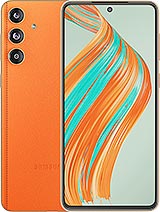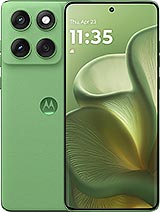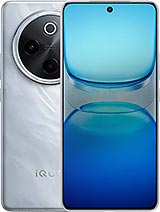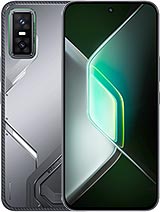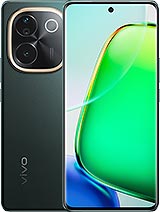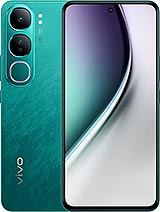Poco C75 alternatives
Tap above to see alternatives.
Vivo Y300 alternatives
Tap above to see alternatives.
2x2.0 GHz Cortex-A78
6x1.8 GHz Cortex-A55
2x2.2 GHz Cortex-A78
6x1.95 GHz Cortex-A55
8GB 256GB (UFS 2.2)
f/1.8, (wide)
Auxiliary lens
f/1.8, (wide), 1/1.95", 0.8µm, PDAF
2 MP
f/2.4, (depth)
f/2.2, (wide)
f/2.5, (wide)
SIM1: Nano, SIM2: Nano
SIM1: Nano, SIM2: Nano
FDD: N1, N3, N5, N8, N28
TDD: N40, N78
FDD: N1, N3, N5, N8, N28
TDD: N38, N40, N41
FDD: N1, N3, N5, N8, N28
TDD: N40, N78
FDD: N1, N3, N5, N8, N28
TDD: N40, N77, N78
In this performance comparison, the Vivo Y300 with its Qualcomm Snapdragon 4 Gen 2 (4nm) performs better than the Poco C75 with the Qualcomm Snapdragon 4s Gen 2 (4nm), thanks to superior chipset efficiency.
Both phones offer the same 2 years of OS update support. For security updates, Poco C75 offers 4 years of support compared to Vivo Y300's 3 years.
Vivo Y300 features a superior AMOLED display, while Poco C75 comes with an LCD panel. Both smartphones offer the same 120 Hz refresh rate. Vivo Y300 also boasts a brighter screen with 1800 nits of peak brightness, enhancing outdoor visibility. Notably, Vivo Y300 offers a higher screen resolution, resulting in sharper visuals and more detailed content.
Poco C75 comes with a larger 5160 mAh battery, which may offer longer usage on a single charge. Vivo Y300 also supports faster wired charging at 80W, compared to 18W on Poco C75.
Vivo Y300 offers better protection against water and dust with an IP64 rating.
- Poco C75 – Check price here
- Vivo Y300 – Check price here
¹ Scores can vary even with the same chipset due to RAM, thermals, and software optimization.






